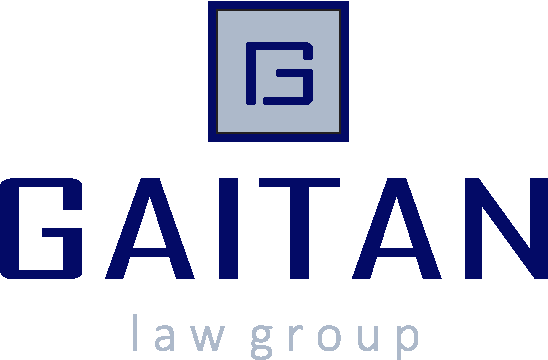FDA Allows Use of “Healthy” Claims on Food Label
The U.S. Food and Drug Administration (FDA) issued a constituent update today explaining its decision to allow KIND, LLC to use “healthy” claims on food labels and labelling, while also vowing to reevaluate regulations regarding nutrient content claims and the labeling of food as “healthy.”
Nutrient content claims are those that expressly or implicitly characterizes the level of a nutrient in a food (i.e. low sodium, high fiber, less fat, excellent source of vitamin c, etc.). Acceptable nutrient content claims must adhere to the regulatory standard for use of such claim. However, these standards were first introduced in 1993 and updated last in 1998, when a “healthy” diet was one that was low in fat, saturated fat and cholesterol. Over the past 18+ years, as federal guidelines have changed in response to scientific research, FDA’s regulations have remained stagnant.
KIND, LLC pushed the conversation about what is “healthy” into the 21st Century, when the company filed a Citizen’s Petition in December 2015, urging the FDA to update its requirements for was is a “healthy” food, emphasizing the importance of eating foods that are naturally high in nutrients (and unsaturated fats, at times), over foods that are simply low fat. KIND, LLC pointed out in its Petition that current regulations do not permit foods like nuts, avocados, olives, and salmon to be labeled as “healthy” because of their inherent dietary fat content.
Today, FDA announced that it will not only allow for the use of “healthy” in relation to KIND food products, but will reevaluate nutrient content claims as a whole. Sending out the below constituent update:
In March 2015, the FDA issued a warning letter to KIND LLC, because the labels and labeling of KIND’s products bore a variety of nutrient content claims but the products did not meet the requirements to make such claims.
The FDA issued a closeout letter to KIND on April 20, 2016 after an evaluation of the corrective actions taken by the firm in response to the 2015 warning letter. Some of KIND’s corrective actions included removing and amending certain nutrient content claims on product labels and labeling, as appropriate. The FDA concluded that KIND satisfactorily addressed the violations contained in the warning letter.
Following receipt of the closeout letter, KIND requested confirmation that it could use the phrase “healthy and tasty” only in text clearly presented as its corporate philosophy, where it isn’t represented as a nutrient content claim, and does not appear on the same display panel as nutrient content claims or nutrition information. In our discussions with KIND, we understood the company’s position as wanting to use “healthy and tasty” as part of its corporate philosophy, as opposed to using “healthy” in the context of a nutrient content claim. The FDA evaluates the label as a whole and has indicated that in this instance it does not object.
Consumers want to make informed food choices and it is the FDA’s responsibility to help them by ensuring labels provide accurate and reliable nutrition information. In light of evolving nutrition research, forthcoming Nutrition Facts Labeling final rules, and a citizen petition, we believe now is an opportune time to reevaluate regulations concerning nutrient content claims, generally, including the term “healthy.” We plan to solicit public comment on these issues in the near future.
Changes to the nutrient content claim regulations are much needed. In our label review process, we often encounter resistance from clients wishing to promote the healthfulness of their food products, but who are unable to do so because of an outdated food regulatory scheme. We will be closely monitoring the FDA’s progress and look forward to changes in the near future. If your company needs assistance with food label claims or responding to a warning letter, contact Ann Marie Gaitan, Esq. at 786.440.8115 or via e-mail at [email protected].
